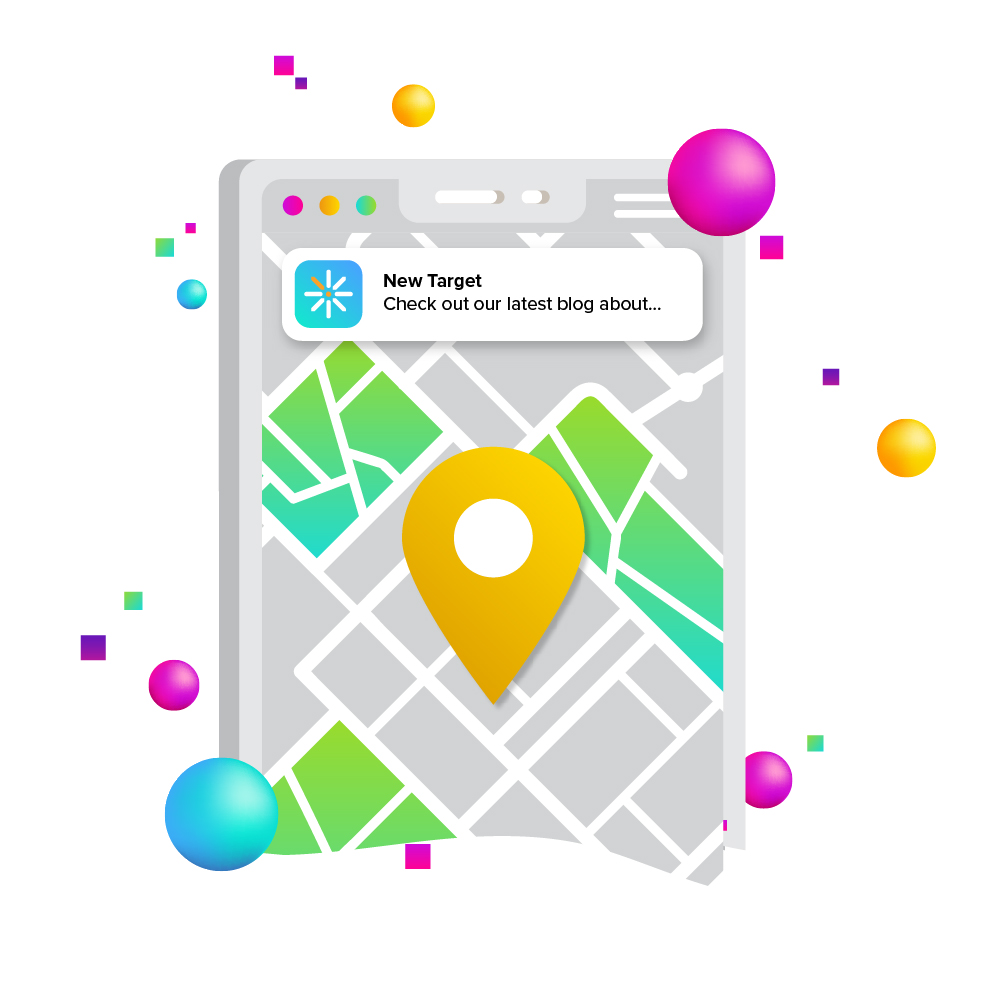
Programmatic advertising has transformed the way marketers reach their audiences. With automation and data at its core, programmatic display advertising has become a powerful tool for targeting users based on their location, browsing behavior, and even real-time events such as weather conditions.
Understanding Programmatic Display Advertising
Programmatic advertising uses real-time data to automate the buying and selling of digital ad spaces, allowing advertisers to target highly specific audience segments with minimal manual effort. The beauty of programmatic advertising lies in its precision: ads are served to users based on their demographics, behavior, interests, and location, among other factors. This dynamic approach allows advertisers to maximize their return on investment by reaching the right users at the right time.
There are various types of programmatic advertising, including real-time bidding (RTB), private marketplace (PMP) deals, and programmatic direct. RTB is an open auction where advertisers bid on impressions in real-time, whereas PMP deals involve pre-negotiated terms between publishers and advertisers. Each type has its advantages, but when combined with geolocation and user intent data, programmatic advertising becomes a game-changing strategy.
Leveraging Geolocation in Programmatic Ads
What Is Geolocation Targeting?
Geolocation targeting enables advertisers to serve ads to users based on their physical location. Whether it’s through GPS, IP-based tracking, or Wi-Fi data, geolocation targeting helps advertisers focus their efforts on users who are physically near their stores, events, or competitors. This hyper-local approach can lead to significantly higher engagement, as the ads are tailored to the user’s immediate surroundings.
Geofencing in Digital Marketing
Geofencing takes geolocation a step further by creating a virtual boundary around a specific location. When users enter or exit these boundaries, they trigger targeted ads. For example, a retail store might use geofencing to serve ads to users who are within a certain radius of their location, offering them a special discount if they visit the store.
Geofencing is particularly effective for event-based marketing, retail stores, restaurants, and even political campaigns. Some brands have successfully used geofencing to target customers who are attending competitor events, offering them incentives to visit their stores instead.
Utilizing User Intent in Programmatic Ads
What Is User Intent in Programmatic Advertising?
User intent refers to the behavior and actions of users that indicate their interests, needs, and potential purchasing decisions. By analyzing browsing habits, search queries, and past purchases, programmatic advertising platforms can serve highly relevant ads to users based on their intent. This can include anything from retargeting users who have abandoned their online shopping carts to serving ads for products similar to those they have previously viewed.
Combining user intent with geolocation can create a powerful synergy. For instance, if a user has been researching hiking gear online, a sporting goods store can serve them ads when they are near a physical location, offering a discount on the exact items they’ve been searching for. This combination of intent and location creates a highly personalized user experience, leading to better engagement and higher conversion rates.
Optimizing Creative Assets for Hyper-Targeted Display Ads
Personalized Creative Messaging
One of the key aspects of hyper-targeted display advertising is ensuring that the creative assets (such as ad copy, imagery, and calls-to-action) are relevant to the specific audience. Personalizing your ad creatives based on location and intent can significantly boost engagement. For example, ads for a restaurant might feature local landmarks in the background, while a travel agency could adjust its messaging based on the user’s recent searches for specific destinations.
Dynamic ad creatives, which automatically adjust their content based on user data, allow for even more precise personalization. Whether it’s changing the language, imagery, or offer, dynamic ads help ensure that users see the most relevant content possible, making them more likely to interact with the ad.
Importance of Contextual Relevance
Another critical factor in optimizing display ads is aligning your creative assets with real-time factors such as weather conditions or local events. For example, a clothing brand might promote raincoats when it’s raining in a user’s location or sunglasses during a heatwave. This contextual relevance makes the ad feel timely and useful, increasing the chances of a conversion.
Integrating AI and Predictive Analytics into Programmatic Campaigns
Role of AI in Programmatic Advertising
Artificial intelligence (AI) plays a pivotal role in modern programmatic advertising by enabling advanced targeting capabilities. AI-driven algorithms can analyze vast amounts of data in real-time to determine the optimal time, place, and audience for each ad. These algorithms use machine learning to constantly refine targeting based on user behavior, improving campaign performance over time.
Predictive analytics, a subset of AI, can forecast user behavior by analyzing past interactions and trends. This allows advertisers to target users before they even show explicit intent. For instance, if predictive analytics indicates that a user is likely to make a purchase soon based on their past behavior, an ad can be served to encourage that purchase decision.
Best Practices for AI-Driven Campaigns
To get the most out of AI-driven programmatic campaigns, it’s essential to continuously test and optimize your targeting strategies, creatives, and bidding models. By using A/B testing, you can identify what works best for your audience and refine your campaigns accordingly. AI can also help optimize your bidding strategy by automatically adjusting bids based on the likelihood of a user converting, ensuring that you’re not overspending on less valuable impressions.
Best Practices for Successful Programmatic Ad Campaigns
When running programmatic ad campaigns that leverage geolocation and user intent, there are several key practices to keep in mind:
Ensure Data Accuracy and Privacy Compliance
Accurate data is crucial for successful targeting. Make sure that your location and behavioral data is up-to-date and that your campaigns comply with data privacy regulations such as GDPR or CCPA.
Test and Optimize Ad Creatives
Regularly test different ad creatives to see what resonates best with your audience. Use dynamic creatives to personalize your ads in real-time based on user data.
Balance Personalization with User Experience
While personalization can enhance ad performance, it’s important not to overdo it. Ads that are too intrusive or overly personalized can feel creepy to users and may harm your brand’s reputation.
At New Target, we specialize in comprehensive digital marketing solutions that encompass programmatic display advertising, SEO, content creation, and paid advertising. Our expertise in programmatic advertising enables us to automate and optimize your ad placements, ensuring precise targeting and maximum ROI.
As a Google Partner, we deliver effective SEO and PPC strategies to enhance your online visibility and drive traffic to your website. Our content marketing services focus on crafting engaging narratives that resonate with your audience, while our media buying strategies ensure your message reaches the right people at the right time. By integrating these services, we create cohesive and effective digital marketing campaigns tailored to your unique business goals.



